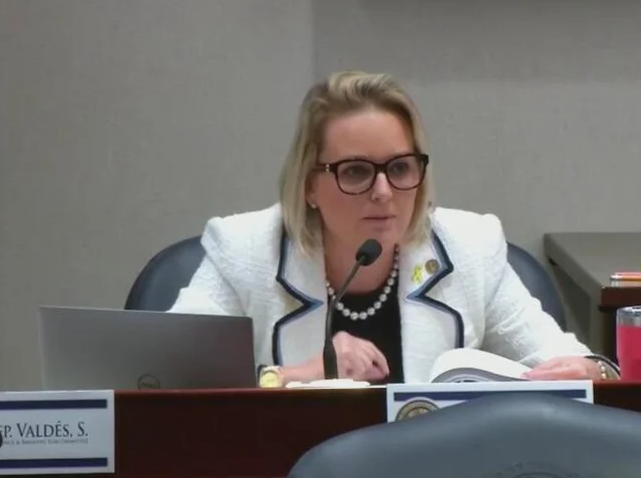The purpose of a Civil Remedy Notice (“Notice”) is to provide an insurance company with a final opportunity to comply with its good-faith claim handling obligations and fix previous wrongdoings.1 Once a property owner files a Notice, the insurance company has a sixty-day window to fix the alleged wrongdoings to avoid “bad-faith” litigation.2 However, when an insurance company commits multiple wrongdoings, it may be necessary for an insured to file multiple Notices.
Florida law does not state what happens to the sixty-day window when an insured files multiple Notices. Does filing a second Notice restart the sixty-day window and provide an insurance company another opportunity to fix all the alleged wrongdoings? Does filing a second Notice start a new sixty-day window only for the new alleged wrongdoing? The United States Court of Appeals for the Eleventh Circuit issued a decision in Halpern v. Cigna Property and Casualty Insurance Company, on a trial court’s handling of this ambiguity.3
In Halpern, the insured filed an insurance claim based on damages to his boat. While Cigna was adjusting the loss, Halpern filed three Notices regarding Cigna’s alleged wrongdoing. After the expiration of the sixty-day windows, Cigna paid Halpern the full value of his insurance claim. While the parties were attempting to resolve the remaining question of how much attorney’s fees were due to Halpern, Halpern filed two additional Notices. The additional Notices were about Cigna’s handling of Halpern’s attorney’s fee claim. Cigna resolved the last two Notices within sixty-days of Halpern filing the fourth and fifth Notices by paying Halpern the full amount of Attorney’s fees owed.
In the following bad-faith litigation, Cigna filed a motion asking the trial court to end the litigation and enter a judgment in its favor. Cigna claimed that every time Halpern filed a Notice, he opened a new sixty-day window within which Cigna could take action to fix all the alleged wrongdoing. Cigna argued that the five Notices were cumulative, and by paying the full amount of the claim, including attorney’s fees, before the expiration of the sixty-day window for the fourth and fifth notices, it resolved all of Halpern’s Notices. Halpern argued that the payment of attorney’s fees only resolved the fourth and fifth Notices and Cigna did not resolve the first three Notices within sixty days. He claimed that the bad-faith litigation only concerned the first three Notices. The trial court granted Cigna’s motion and found that “[b]y filing additional civil remedy notices, Plaintiff offered Defendant an additional opportunity to cure the alleged violation.” Halpern appealed the trial court’s decision and the United States Court of Appeals for the Eleventh Circuit issued a decision reversing the trial court’s order.4
Following the appeal, the trial court issued a new order denying Cigna’s motion. In the new order, the trial court found that although the Notices alleged violations of similar statutes, the later Notices filed by Halpern state that Cigna’s “pattern of bad faith handling continues, and identifies the additional facts on which the Notices are based.” The trial court concluded because Halpern did not expressly incorporate the first three Notices and the subsequent Notices establish a pattern of behavior, resolving the fourth and fifth Notices does not resolve the first three Notices.
Although the trial court’s order and the United States Court of Appeals for the Eleventh Circuit decision are not controlling law, it is a guideline on how an insured can handle new violations of an insurer’s good-faith obligations. Any subsequent Civil Remedy Notice should contain new or continuing violations of an insurance company’s failure to comply with its good-faith obligations. Reiterating or incorporating past Notices may be found to re-open the sixty-day window and provide an insurance company a second chance to resolve an expired Notice.
_______________________________
1 Fridman v. Safeco Ins. Co. of Illinois, 185 So. 3d 1214, 1220 (Fla. 2016) citing Talat Enters., Inc. v. Aetna Cas. & Sur. Co., 753 So.2d 1278, 1284 (Fla.2000).
2 Fla. Stat. § 624.155(2)(c).
3 Halpern v. Cigna Property and Casualty Ins. Co., 99 Fed.Appx. 886 (11th Cir. 2004).
4 The United States Court of Appeals for the Eleventh Circuit issued a per curium decision which does not state the rational for the decision and is not binding on other courts.




